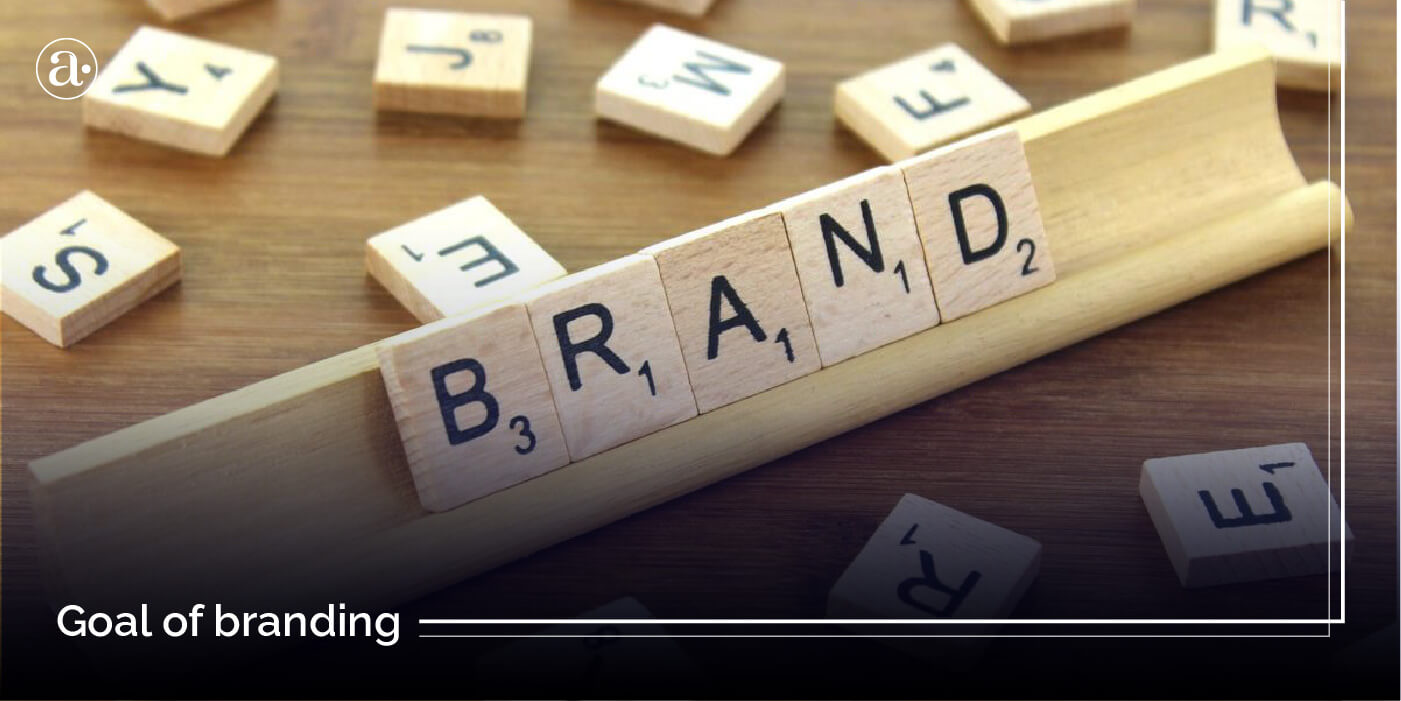Branding for businesses is fundamentally a part of marketing but in recent years it has evolved and become broader and more holistic. Branding for businesses can also be called corporate branding and is focused on a corporate entity. It is different from branding of the product or personal branding. Before we gain clarity on the 3 main goals of branding for businesses, we need to first be clear on the difference between branding and marketing:
The Difference Between Branding of a Business & Marketing a Business.
In today’s industry, the concept of “Branding” for businesses is constantly evolving but it refers to the entire experience that your customers have with your company through every touchpoint. It could range from your logo/visual identity to your product design and packaging, campaigns, website, UX and retail environments. Everything works together cohesively to build your “brand” over time and everything is consistent with your initial ‘brand strategy’. In the future, new emerging technologies like voice will also lead to more ways for consumers to interact with brands.
Marketing, on the other hand, refers to what your company does to move people from awareness to loyalty over time. Some examples are digital marketing, Multi-level marketing, Affiliate marketing, Network marketing, Email marketing, Guerilla marketing, Direct mail, etc. Branding is still a part of marketing but it is more focused on the experience, emotions and associations that people have. So branding is more focused on how people feel about a business and how they perceive it in their minds. While marketing is more focused on how people find a business and their journey to making a purchase decision. Below are the 3 main goals of branding.
The 3 Goals of Branding for Businesses
1.) To influence what people associate with your brand and how they feel about it.
You can’t and shouldn’t control how people feel, but you can definitely influence it through branding. Through an effective brand strategy, you can influence how people will feel about your brand. This strategy is also an extension of your business plan or marketing strategy. It all starts by understanding your industry and your target customers in order to decide on the best way to connect with them.
Think about other brands that you may be familiar with. What do you associate with them? Think about brands you love. How do you feel about them? For example, a sports brand might make you feel more motivated while a luxury brand might make you feel more prestigious. Design also plays a huge role in creating these associations and connecting with people emotionally.
Branding and design must be approached through an understanding of human psychology, considering that your target customers or users may have certain beliefs, lifestyles and attitudes.
Before launching a brand, it is essential to gain a deeper understanding of your target audience and understand the unique role that it can play in people’s lives. Also, how you want to make people feel when they experience your brand? This needs to be expressed through a distinct identity in design and messaging.
2.) To create a distinct identity in your industry
In a crowded industry your brand needs to have a distinct identity and positioning. People want to know what makes it different from others? What is your brands core purpose? What problem does it solve? Is your brand a luxurious or affordable option? How can you express this through design? Design is what allows people to identify your brand from the logo to the online presence. But the logo is the tip of the iceberg. You need a broader and more holistic approach in order to have a distinct identity that stands out.
Your brand identity is divided into 3 broad categories: The verbal, the visual, and the audio. The verbal is the brand narrative of who you say you are and how you communicate through words with a certain tone and personality. The visual refers to how you use design to convey your message visually. To learn more about visual branding you can click here to my other article where I talk about it in more detail. Lastly, the audio refers to the sounds that people associate with your brand. This is also called sonic branding.
These 3 categories should not be seen as separate, they all work together cohesively to shape the overall experience and perception of the brand over time.
3.)To build loyalty over time
Do you ever wonder why people always want starbucks coffee even though there are other options? Or why people always want to wear Nike shoes even though there are other people selling the exact same thing? That is because these brands have successfully built a loyal reputation over time. You don’t have to be a multi-million dollar business to have a brand. You can build loyalty among a specific group of people. What kind of people do you think will most likely fall in love with your brand?
The first step in building loyalty is by being authentic and trustworthy, regardless of if it’s the branding of a product or business or nonprofit. People buy from people they know like and trust. You don’t always have to be all fancy. Just keep it clean and have a clear message. One way you can build loyalty over time is through content. You need high quality branded content that your customers will enjoy, find inspirational, or beneficial. There needs to be a way that people can keep in touch and stay engaged with your brand over time whether it is through a blog, social media or regular eblasts. Another way to build loyalty over time is through subscriptions. By offering a form of subscription you can build a longer term relationship with customers that allows you learn more about them and improve their experience with your brand over time. You can follow this link to my other article where I talk about subscriptions and how they are shaping the future of brand experience in every industry.
In conclusion, Branding a business may be different from the branding of a product, location or personal branding. The 3 main goals of branding for a business are to influence people’s associations and feelings about the brand, to create a distinct identity, and to build loyalty over time. If you enjoyed this article then you may also enjoy my previous one on 5 ways that your brand can be more trustworthy.
Don't Forget to Share or Subscribe!
Get Your Free Download! Delivered to Your Inbox.
5 Branding Mistakes to Avoid
Learn about the 5 Branding mistakes that business owners can avoid.







4 Responses
Hi Eddie
Interest in growing with improve branding and marketing our dental business, would like to know more about your services and fees
Hi James, Thanks for reaching out. I just sent you an email so we can go from there. I look forward to learning more about your business.
Is it possible for a brand to be truly trustworthy without being authentic, or do authenticity and trust go hand in hand in building long-term loyalty with customers?
Authenticity and trust certainly go hand in hand. If your brand is not perceived as authentic then that will have a negative impact on the trust and loyalty that customers have.